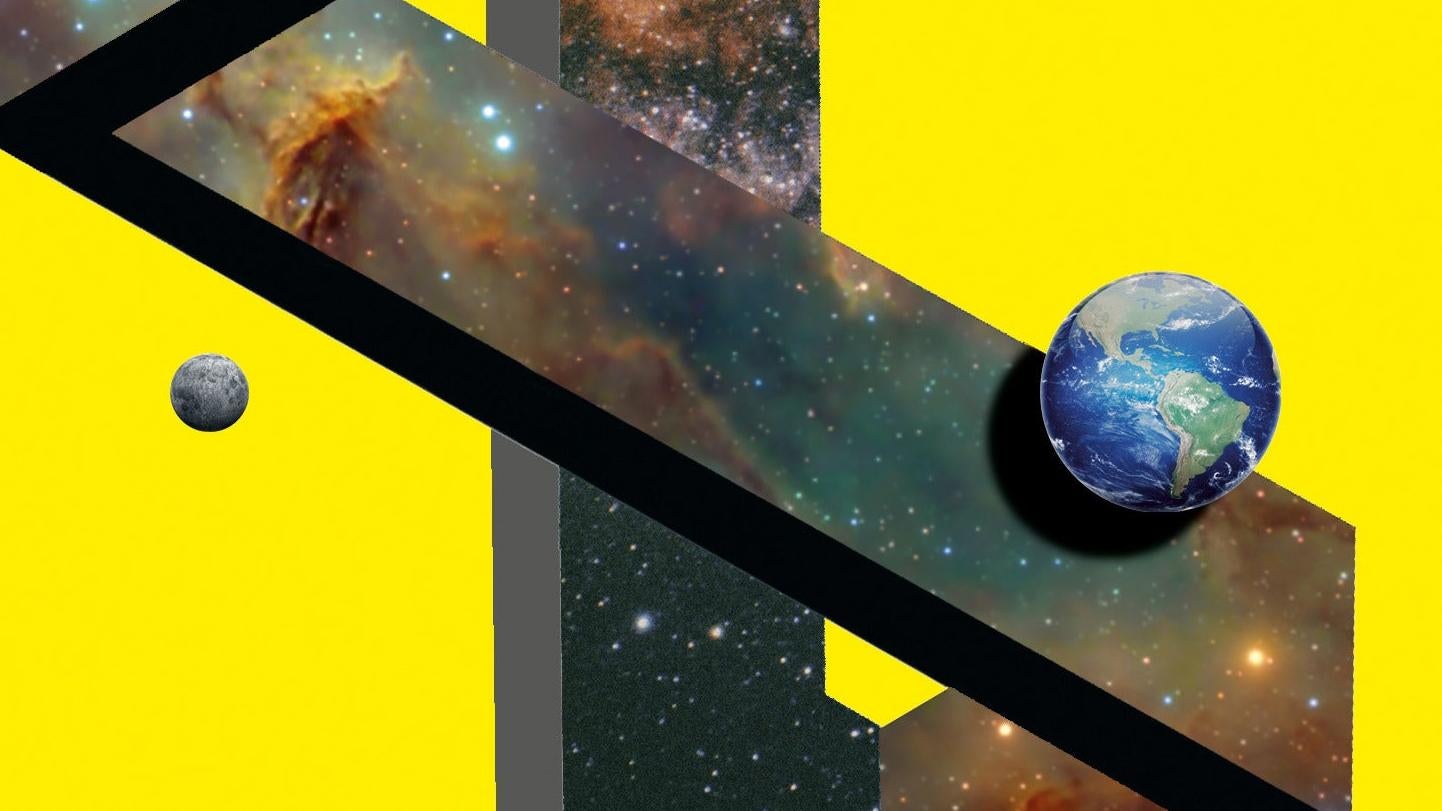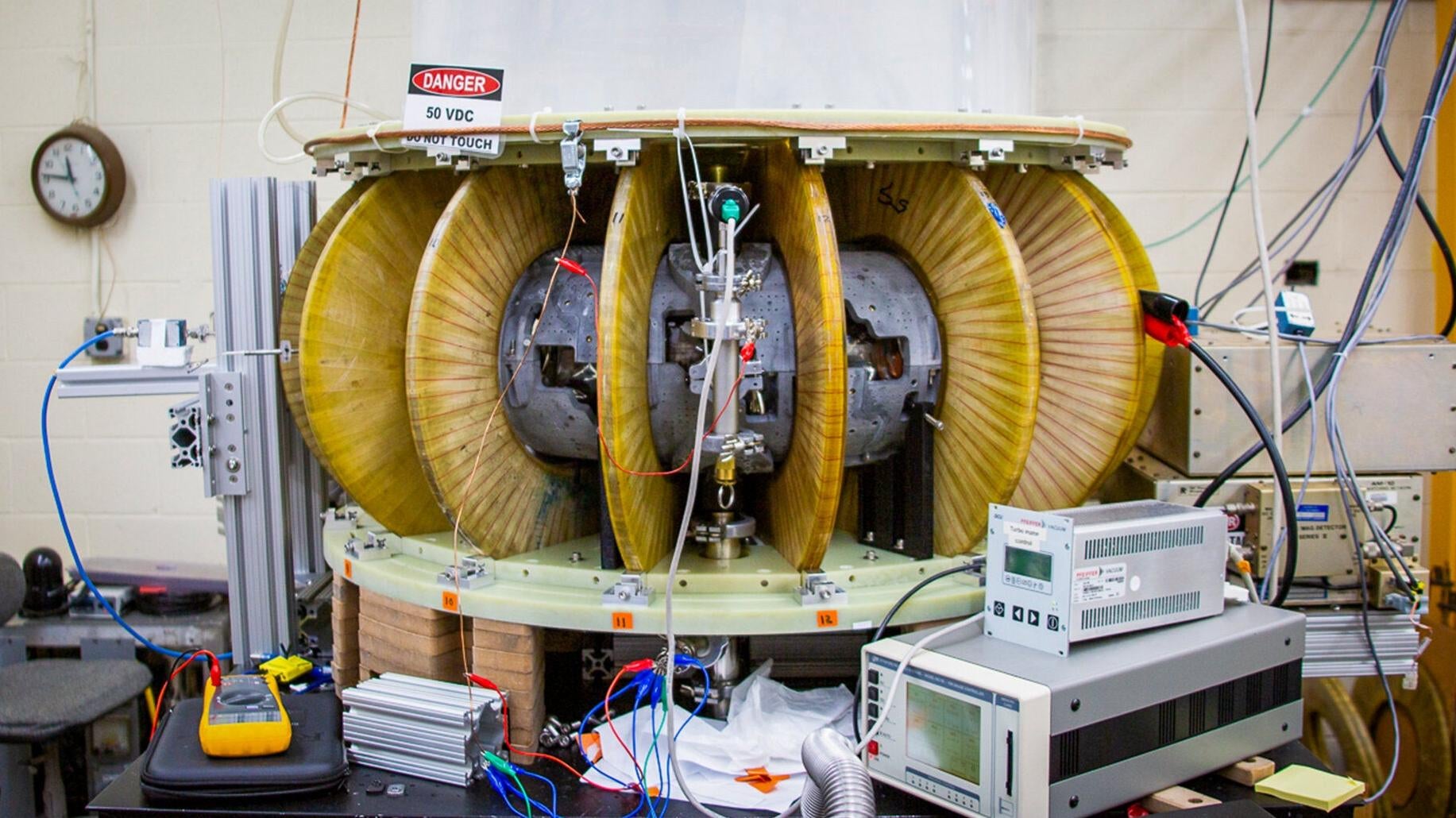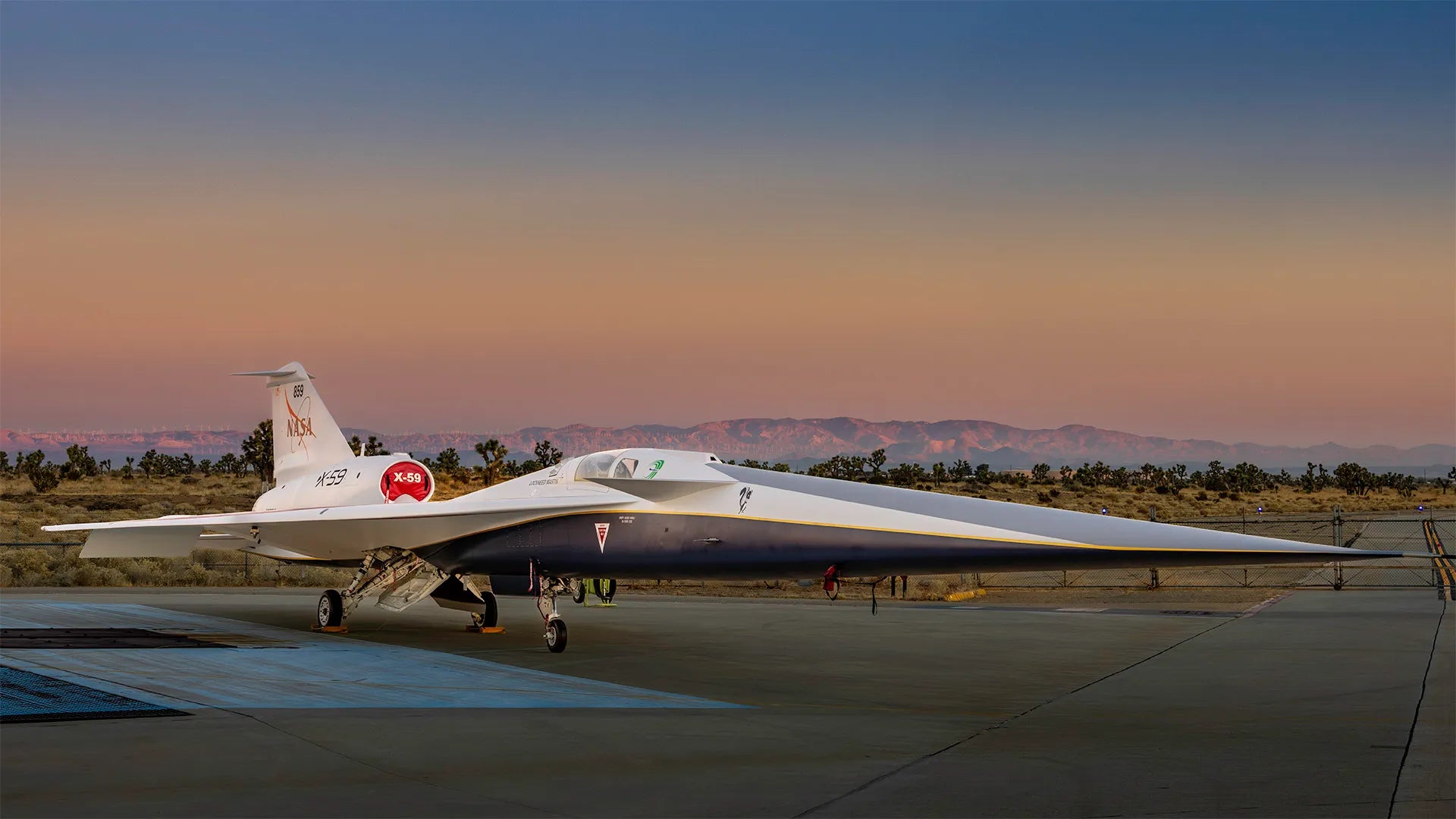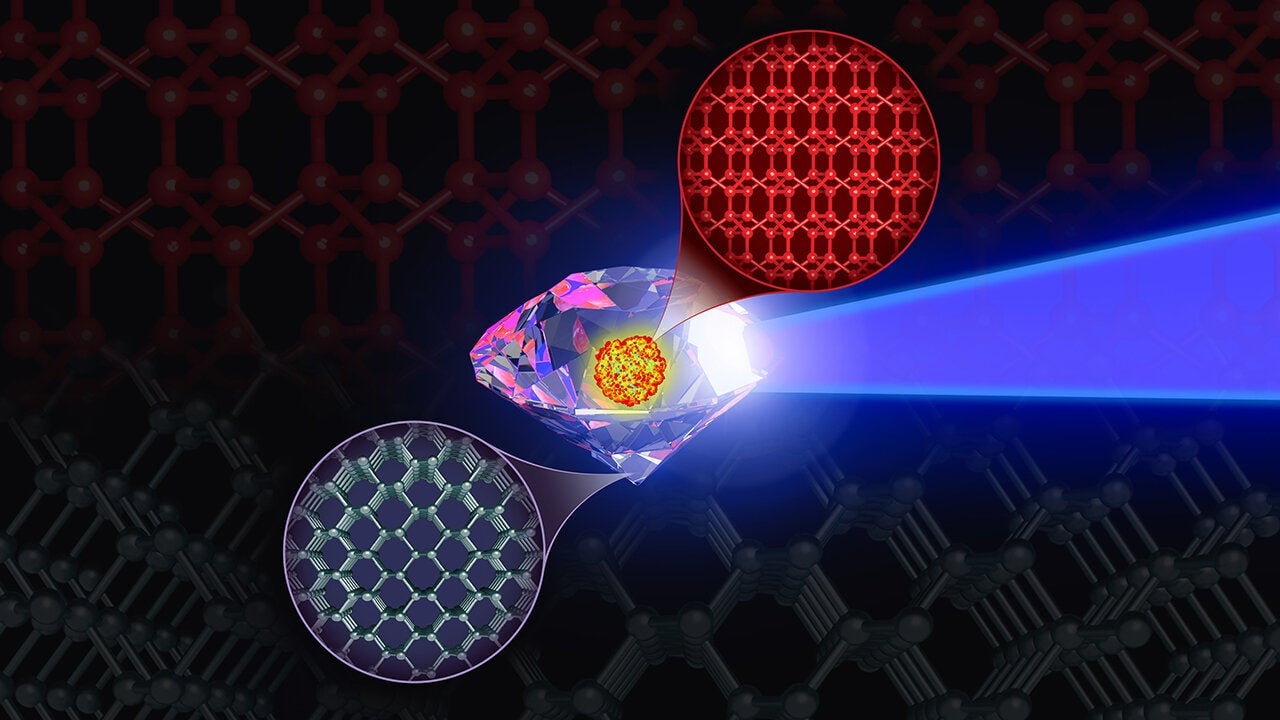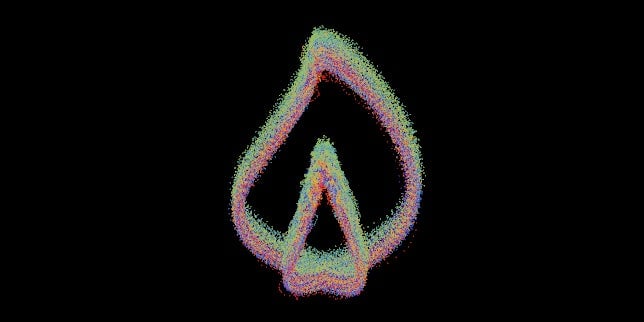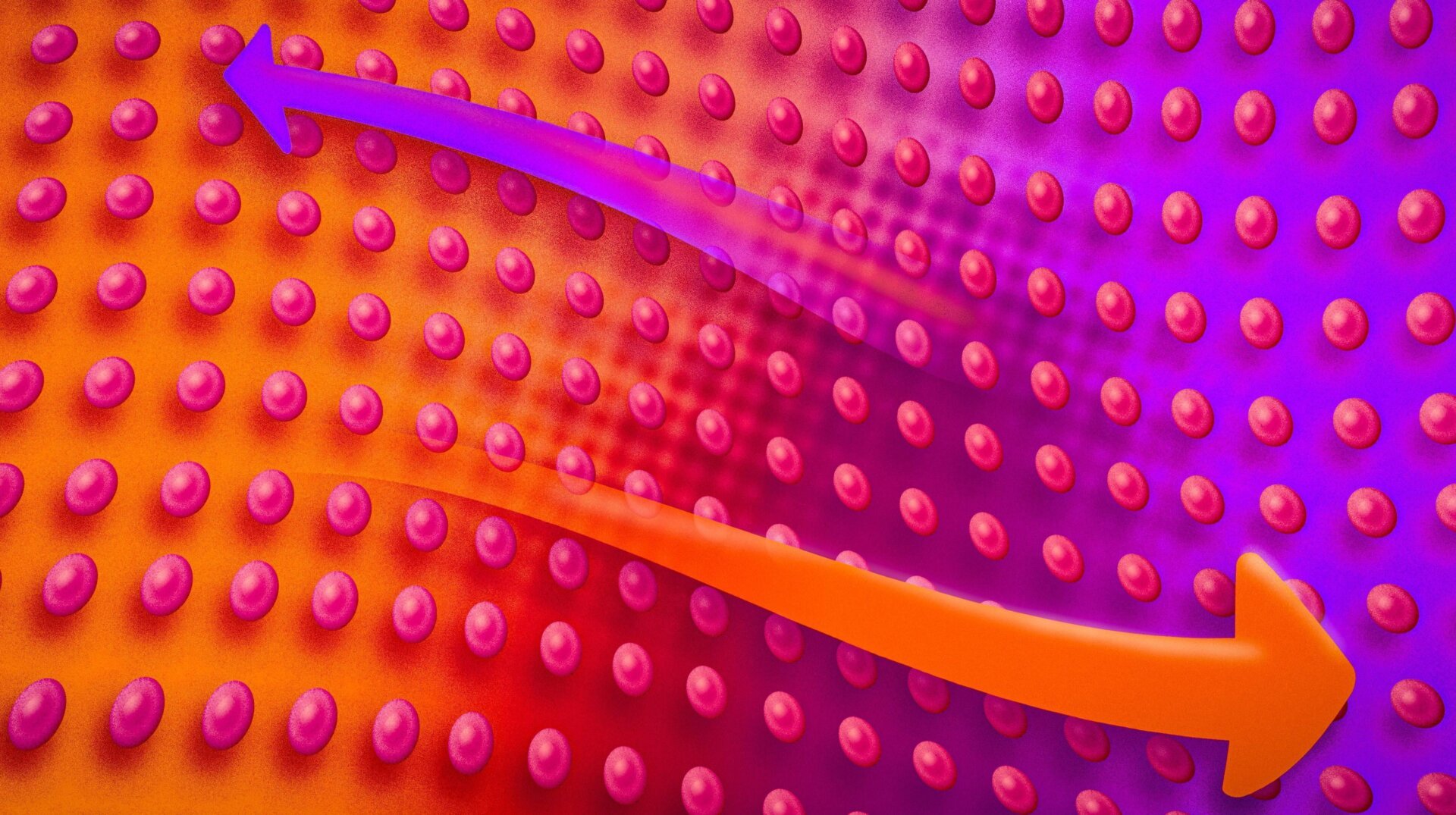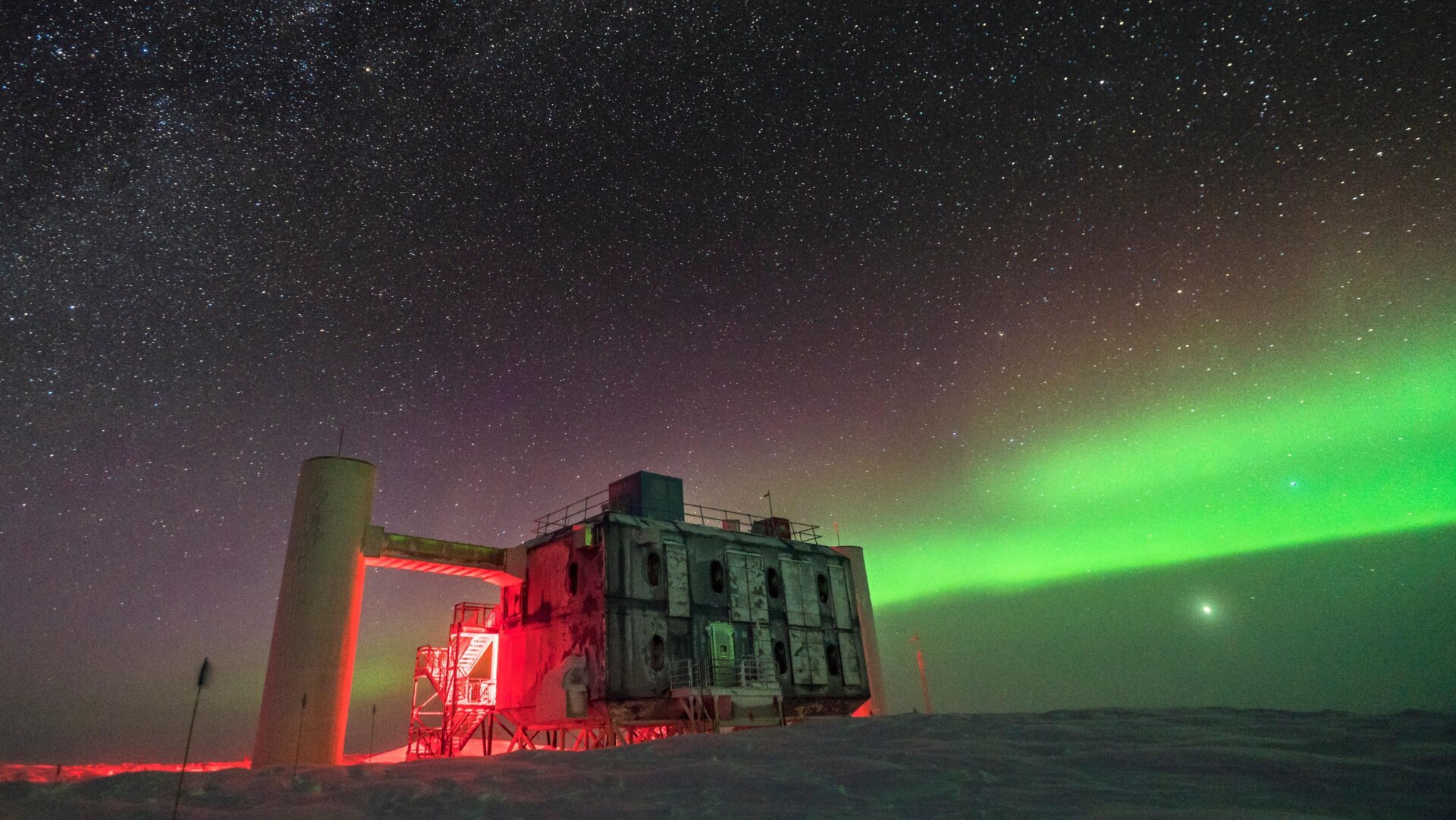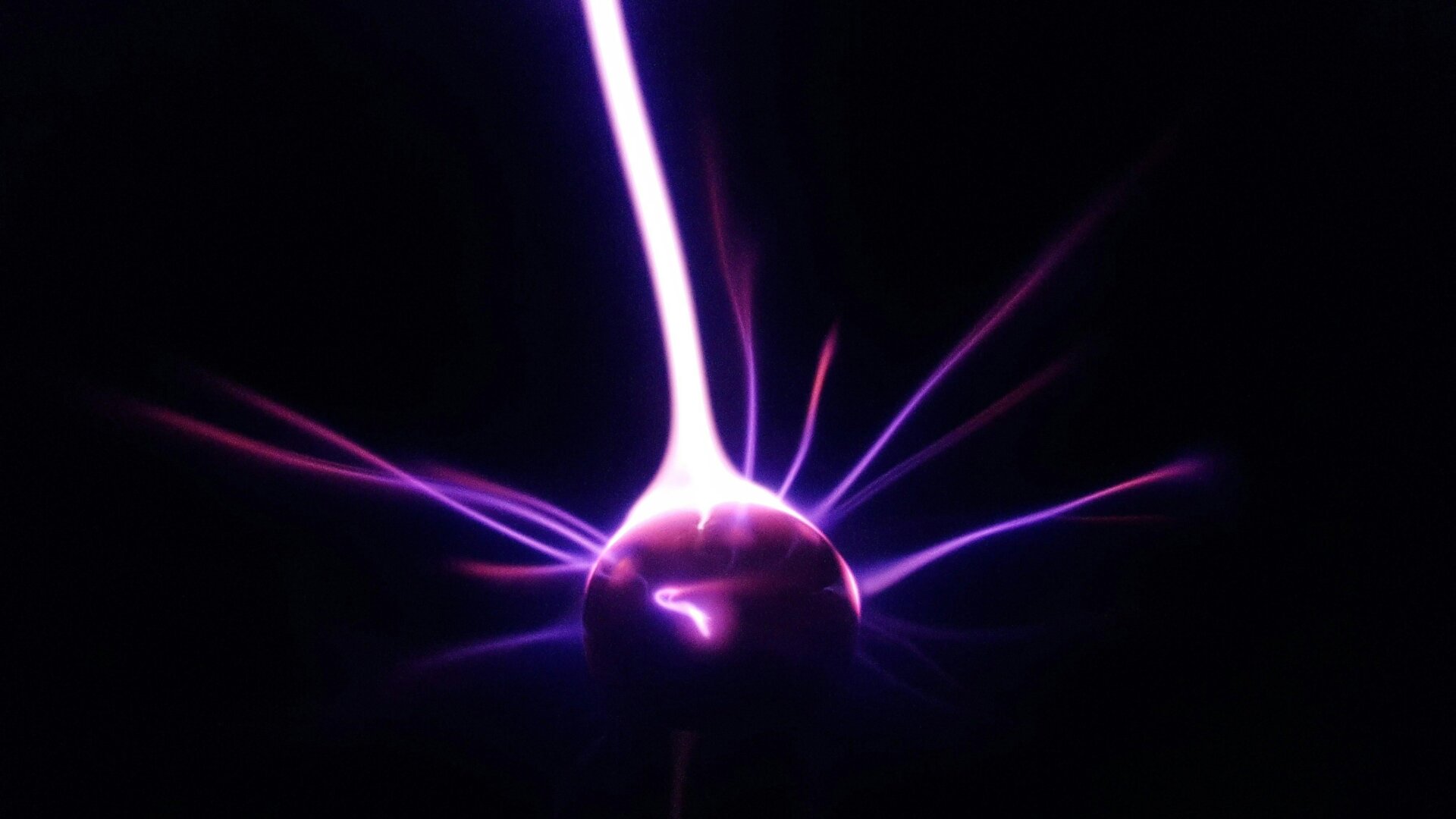The universe constantly presents us with perplexing questions. Each scientific breakthrough seems to unveil even more mysteries about the cosmos. In “Space Oddities: The Mysterious Anomalies Challenging Our Understanding of the Universe,” experimental physicist Harry Cliff explores some of the most baffling phenomena in physics, tracing the scientific journey that has led to our current understanding. From the subatomic realm where particles behave like waves to the enigmatic nature of black holes, Cliff delves into the most puzzling aspects of the universe and introduces the brilliant minds striving to decipher these anomalies. Solving even one of these mysteries could revolutionize our scientific understanding.
This article summarizes a conversation with Cliff, offering insights into his exploration of the universe’s enigmas.
The Allure of Anomalies
Cliff’s second book, “Space Oddities,” stems from his research at the Large Hadron Collider (LHC). Having joined the LHC project at its inception, Cliff witnessed the groundbreaking discovery of the Higgs boson, a milestone that seemed to complete our understanding of 20th-century physics. However, the anticipated discoveries of new particles or forces, such as dark matter or evidence of supersymmetry, remained elusive. Instead, intriguing anomalies emerged, hinting at the potential existence of unknown particles or forces. These anomalies became the focus of Cliff’s research and the inspiration for his book. He emphasizes that throughout the history of physics, significant breakthroughs often originate from seemingly insignificant anomalies, which can ultimately lead to paradigm shifts in our understanding of the universe.
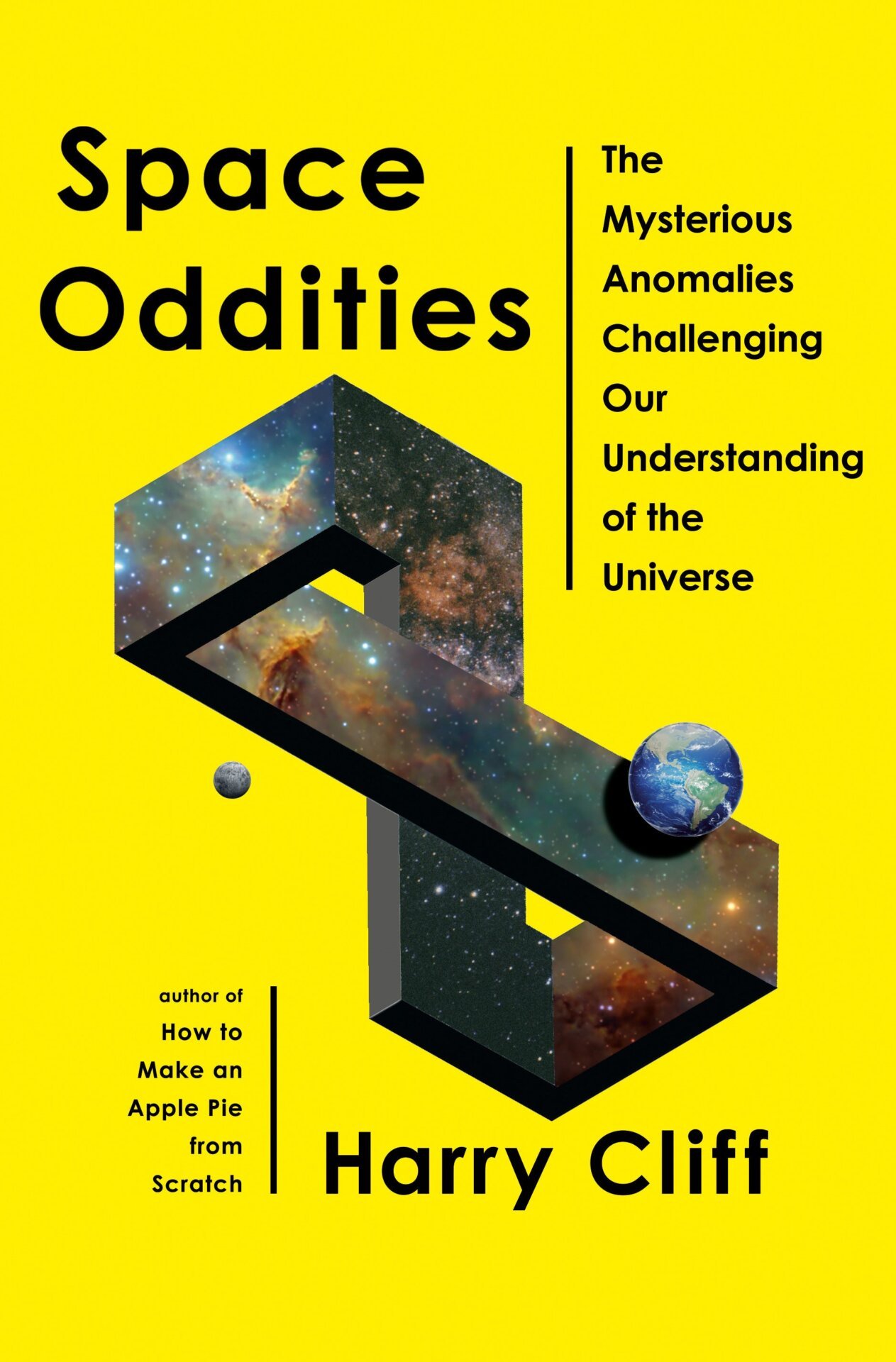 Image: Doubleday/Penguin Random House
Image: Doubleday/Penguin Random House
The Elusive Nature of Dark Matter and Scientific Discovery
The search for dark matter often involves narrowing down its potential mass range. While its existence is widely anticipated, the question of when it will be definitively detected remains. Cliff points out that scientific discoveries rarely occur as sudden “eureka!” moments. Instead, they typically emerge gradually, with initial clues sometimes taking decades to fully unravel. He cites the example of Mercury’s orbital anomaly, observed in the 19th century, which took nearly a century to explain. True breakthroughs, especially those involving unexpected phenomena, require rigorous verification and often face resistance from the scientific community.
The Hubble Tension: A Cosmic Conundrum
The Hubble tension, a discrepancy between different measurements of the universe’s expansion rate, serves as a central theme in Cliff’s book. He highlights this anomaly due to its clear theoretical predictions and strong experimental evidence from various sources. The Hubble tension suggests a potential flaw in our cosmological assumptions, possibly indicating a need to revise our understanding of gravity or the existence of an unknown form of energy. Cliff acknowledges that while numerous anomalies appear in physics, only a few prove to be genuine clues to new discoveries. He considers the Hubble tension the most compelling anomaly, with the highest potential to lead to a revolutionary shift in our understanding of the universe.
Exploring the Universe: Looking Up and Looking In
Cliff discusses the two primary approaches to studying the universe: observing the cosmos (“looking up”) and conducting experiments with particles (“looking in”). While observing celestial objects provides valuable information, our ability to explore the vast distances of the universe is limited. Particle physics experiments offer a complementary approach, allowing us to probe the fundamental constituents of matter and the forces governing their behavior. Cliff emphasizes the crucial role of spectroscopy, which allows us to determine the composition of distant stars and galaxies based on the light they emit. By combining these two approaches, we can gain a more comprehensive understanding of the universe.
The High-Luminosity LHC: A New Era of Discovery
The upcoming high-luminosity LHC is poised to significantly enhance our understanding of particle physics. With its increased data collection capacity, the upgraded LHC will allow scientists to search for rare events and processes that may provide evidence of new physics. Even if no new particles are discovered, the high-luminosity LHC will leave a legacy of precise measurements of the Standard Model, providing a crucial foundation for future experiments.
The Importance of Skepticism in Science
Cliff recounts instances where errors in experiments or theoretical calculations led to incorrect conclusions. He stresses the importance of skepticism and caution in experimental physics, emphasizing that even meticulous scientists can make mistakes. The self-correcting nature of science, however, ensures that errors are eventually identified and corrected.
The Human Element of Scientific Discovery
In writing “Space Oddities,” Cliff traveled extensively, interviewing physicists in various fields. He gained a deeper appreciation for the dedication and meticulous work involved in scientific experiments, often spanning decades. Cliff highlights the commitment of scientists like Chris Polly, who dedicated his career to the muon G-2 experiment at Fermilab, emphasizing the painstaking efforts required to achieve precise measurements and contribute to our understanding of nature.
The Ongoing Quest for Knowledge
Cliff’s work on the LHCb experiment involves studying the decay of beauty quarks, which can reveal indirect evidence of new forces or particles. The LHCb experiment complements other LHC experiments by focusing on precision measurements, searching for deviations that may indicate the presence of unknown phenomena. The recent upgrade of the LHCb experiment promises to provide more data and insights into these anomalies.
While writing “Space Oddities,” Cliff experienced the rollercoaster of scientific discovery, witnessing promising anomalies ultimately explained by unforeseen errors. This experience reinforced his belief in the importance of skepticism and the iterative nature of scientific progress.



